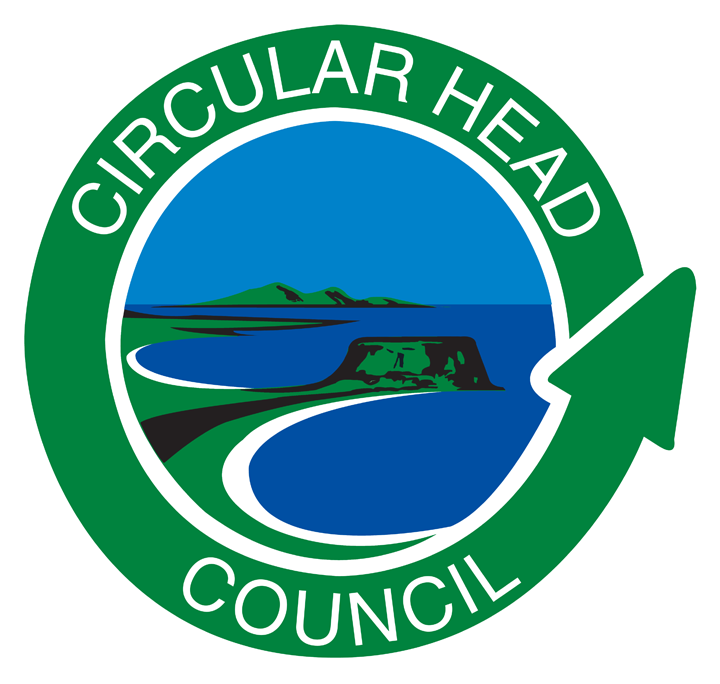Council provides roadside drainage and a stormwater reticulation network in urban areas to direct and discharge stormwater into natural waterways which may include creeks, rivers, natural depressions in the land into which rainwater flows and ocean outfalls.
Council may direct a property owner to connect into its stormwater reticulation network or into an into an approved stormwater drainage system that fully contains the stormwater within the boundaries of the property, if it is available and practical to do so.
Property Owner's Responsibility
Property owners need to ensure the stormwater pipes, gutters, downpipes, stormwater pits, and any other component of the approved stormwater system on their property are in good working order and comply with Council requirements.
Property owners shall accept natural water from adjoining properties or public land if there is no evidence of any concentration of this water. The land owner shall not divert or redirect this water from its natural path onto a neighbouring property.
A downstream property owner cannot construct any barrier that interferes with the natural flow path of water unless provisions are made to discharge this water into an approved stormwater drainage system.
Legal Points of Discharge for Stormwater
There are three ways of connecting stormwater to a legal point of discharge:
- Roof and surface water piped to kerb and channel;
- Roof and surface water piped to a lot connection, discharging into Council’s reticulated stormwater network;
- Roof and surface water piped into an approved stormwater drainage system that fully contains the stormwater within the boundaries of the property.
Stormwater from a new Development Site
Your concerns regarding stormwater shall be directed to the Building Certifier assessing the development.
Building a New Home
If you are building a new home check with your builder that:
- Surface and soakage drains have been installed to protect the building footings.
- Surface drains and paths are diverting natural water away from your building especially from doorways and garage entrances.
- Driveways built on the topside of houses do not concentrate natural water towards the house.
Driveways and Landscaping
If you construct a driveway onto a public road you must ensure that drainage along the road is not disrupted.
The property owner will be responsible for all damage caused to their driveway from local flooding.
Landscaping can change the topography of a property which can affect the way it sheds water. Stormwater runoff should be directed to the kerb and channel or into an approved stormwater drainage system that fully contains the stormwater within the boundaries of the property.
Dispute between Neighbours
Problems with concentrated natural water flow between neighbouring properties are generally a civil matter to be resolved between the respective owners. Council has limited powers to intervene.
It is highly recommended that communicating with your neighbour to seek a mutually suitable outcome would be by far the best approach for both parties involve and removes the potential of costly legal proceedings.
Water Seepage/Ground Water
Where practical a property owner of land, where water seepage from ground water occurs, may direct this water to discharge into Council’s reticulated stormwater network or into an approved stormwater drainage system that fully contains the water within the boundaries of the property.
All residents will be encouraged to liaise with their neighbours to resolve such issues.
New Stormwater Connections
To apply for a new storm water connection in an urban area, click here
Should you require any additional information, please contact the Council on 03 6452 4800.

